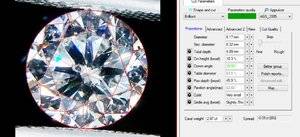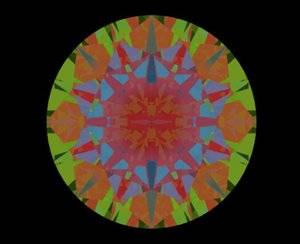- Joined
- Mar 2, 2013
- Messages
- 6,328
I agree with @Dancing Fire:
I think GIA’s clarity grades are ‘broad’ enough personally, especially where the average consumer is concerned.
I’m not quite sure why there even is an I3. And why stop there? Why not break down color grades as well, such as H1 (high) and H2 (low).If GIA added SI3 to their grading system then why not also add VVS3 and VS3?
I think GIA’s clarity grades are ‘broad’ enough personally, especially where the average consumer is concerned.







300x240.png)